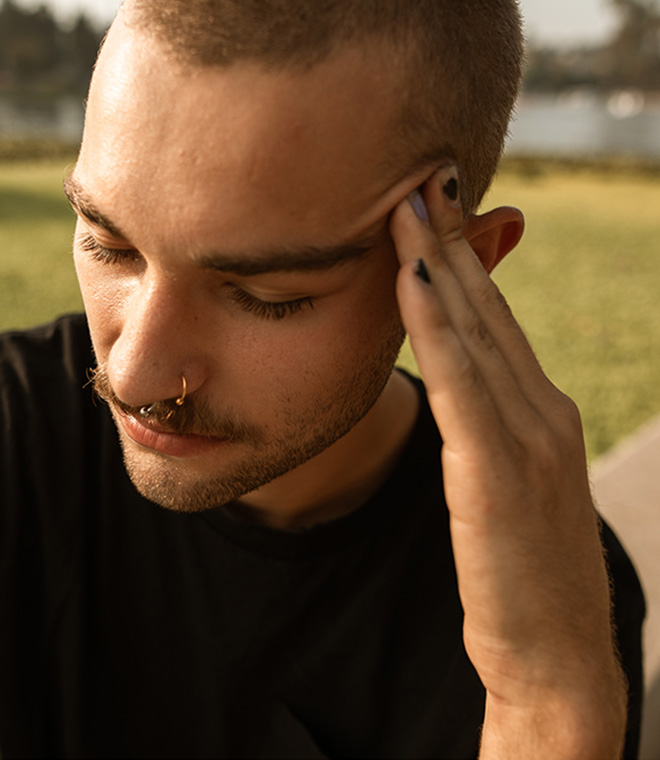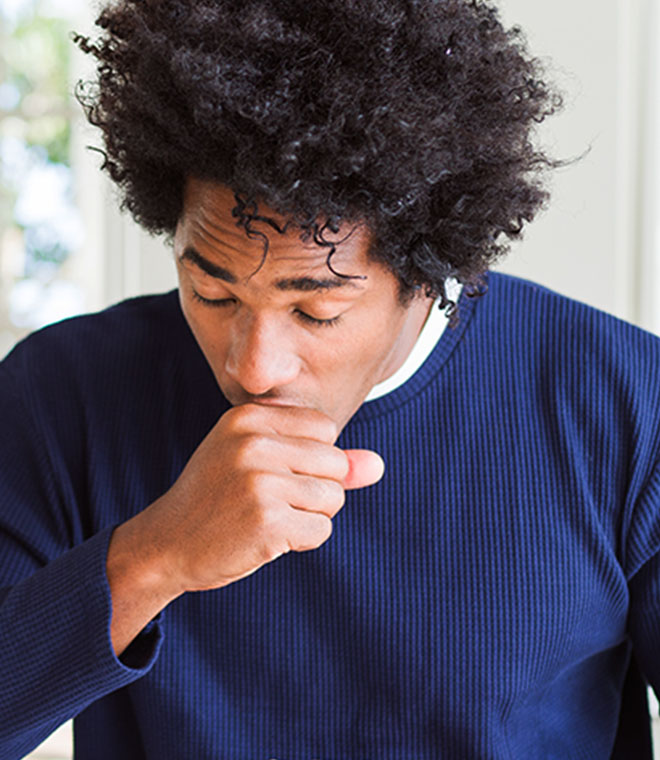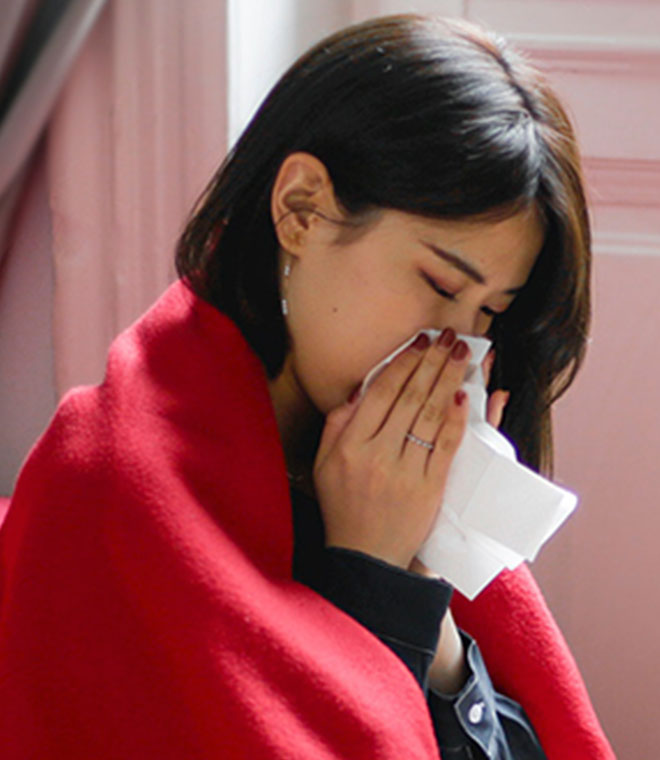Health
Mold allergy symptoms, causes and treatments
By Liz Alterman Jun 13, 2022 • 7 min
Simply saying the word "mold" is enough to make most people cringe.
While you may try to avoid mold at all costs, mold is everywhere, even if you can't see it. It grows both indoors and outdoors, and thrives in moist environments.
Mold makes its way into your home through open doors and windows, window leaks, heating and cooling units, air ducts and humidifiers. It can also hitch a ride on clothing, bags and even pets.
Molds are fungi, and it's estimated that possibly as many as 300,000 species exist. Some people are more sensitive to certain molds than others. If you're allergic to mold, your immune system may be hypersensitive to certain spores. Your body will consider them an allergen, which in turn triggers a reaction. If you have allergies to mold, you may experience the following symptoms:
- Sneezing
- Itchy, watery and irritated eyes
- Runny nose
- Nasal congestion
- Postnasal drip and cough
- Wheezing
- Asthma
- Itchy throat
- Headache
- Chronic fatigue
Some people may have more severe reactions to mold. If you have asthma, mold can be a trigger. If you have an immune system that's weakened due to a preexisting condition or have a chronic lung illness, exposure to mold may cause serious infections in your lungs.
Mold in your house
Mold spores thrive in moist settings. Indoors, you may find mold in basements, bathrooms or other areas where there may be running water, leaky pipes or windows that let in dampness. If your roof leaks, you may have mold in your attic or ceiling tiles. If you've experienced flooding in your home and were unable to dry areas completely, mold may be present. It can grow on paper, cardboard, fabric and carpet, as well as insulation. If you notice spots, which may be black, green or other colors, or a musty smell, you may have mold.
To prevent mold from growing, try to keep areas in and around your home as dry as possible. The following are some suggestions that may help:
- Dehumidifiers and air conditioning can help to reduce humidity levels
- When cleaning your bathroom, use products that target mold
- Avoid installing carpet in areas that attract moisture, such as basements, bathrooms and kitchens
- If you're going to be working outdoors in damp areas or even raking wet leaves, you may want to wear a dust mask; this can help you avoid inhaling mold spores
If mold is in your home, you need to clean the mold from the affected surfaces and fix the moisture problem. If you've had a spill, flood or leak, dry the area as quickly and effectively as possible. Remove carpeting or other fabrics if it cannot be fully dried. Mold growth can be removed from hard surfaces with commercial products made specifically for mold, soap and water, or a bleach solution of no more than 1 cup of household laundry bleach in 1 gallon of water.
If the area that needs to be cleaned is more than 10 square feet, or is caused by sewage or other contaminated water, the Centers for Disease Control & Prevention recommend consulting the U.S. Environmental Protection Agency (EPA) guide titled Mold Remediation in Schools and Commercial Buildings.
Treating mold allergies
If you're suffering from mold allergies, you'll want to find the sources, if possible. Track your symptoms as they occur to determine which environments trigger them. Keep a record over a two-week period. Remember that you may encounter mold both indoors and outdoors.
If you can reduce exposure to mold, that's the best way to handle your allergy. But, of course, many times that's not possible. The following allergy treatments can help manage your symptoms:
- Antihistamines. When exposed to a mold we are allergic to, our bodies produces histamine as part of the immune response. Histamine release can make you sneeze and give you watery eyes or a runny nose. An oral antihistamine reduces allergy symptoms by blocking histamine from the body’s cells.
- Steroid nasal sprays. There are over-the-counter steroid nasal sprays, as well as some that require prescriptions. These sprays are effective at reducing inflammation in the nasal passages, and only a very small amount enters the blood stream. Possible side effects can include headaches and nosebleeds.
- Decongestants. Oral decongestant agents clear up stuffy noses and can be purchase over the counter. They should not be used by children under four or pregnant women, and used with caution among older adults and those with chronic illness. If in doubt, check with your provider.
- Allergy shots. If allergies are moderate to severe, get allergy tested by an allergist. Allergy shots have been found to reduce allergy symptoms in 85% of people with allergic rhinitis. Small amounts of the allergen(s) a person is sensitive to are injected into the skin in increasing doses, causing the body to develop a tolerance to the allergen until the individual is no longer sensitive to it. Allergy shots are administered in a healthcare provider’s office under their supervision in case an allergic reaction occurs.
To diagnose an allergy to mold or fungi, a qualified healthcare provider will take a complete medical history and may perform skin tests or order allergen-specific blood tests. They can also help you select the best medications to manage your symptoms.
Clinically reviewed and updated by Nancy Kupka, PhD, RN, March 2022.
Sources:
1. https://www.cdc.gov/mold/faqs.htm
2. https://www.aaaai.org/Conditions-Treatments/Allergies/Mold-Allergy
3. https://www.aaaai.org/allergist-resources/ask-the-expert/answers/old-ask-the-experts/black-mold
4. https://www.epa.gov/mold/mold-remediation-schools-and-commercial-buildings-guide-chapter-1
5. https://www.jacionline.org/article/S0091-6749(20)31023-X/fulltext



